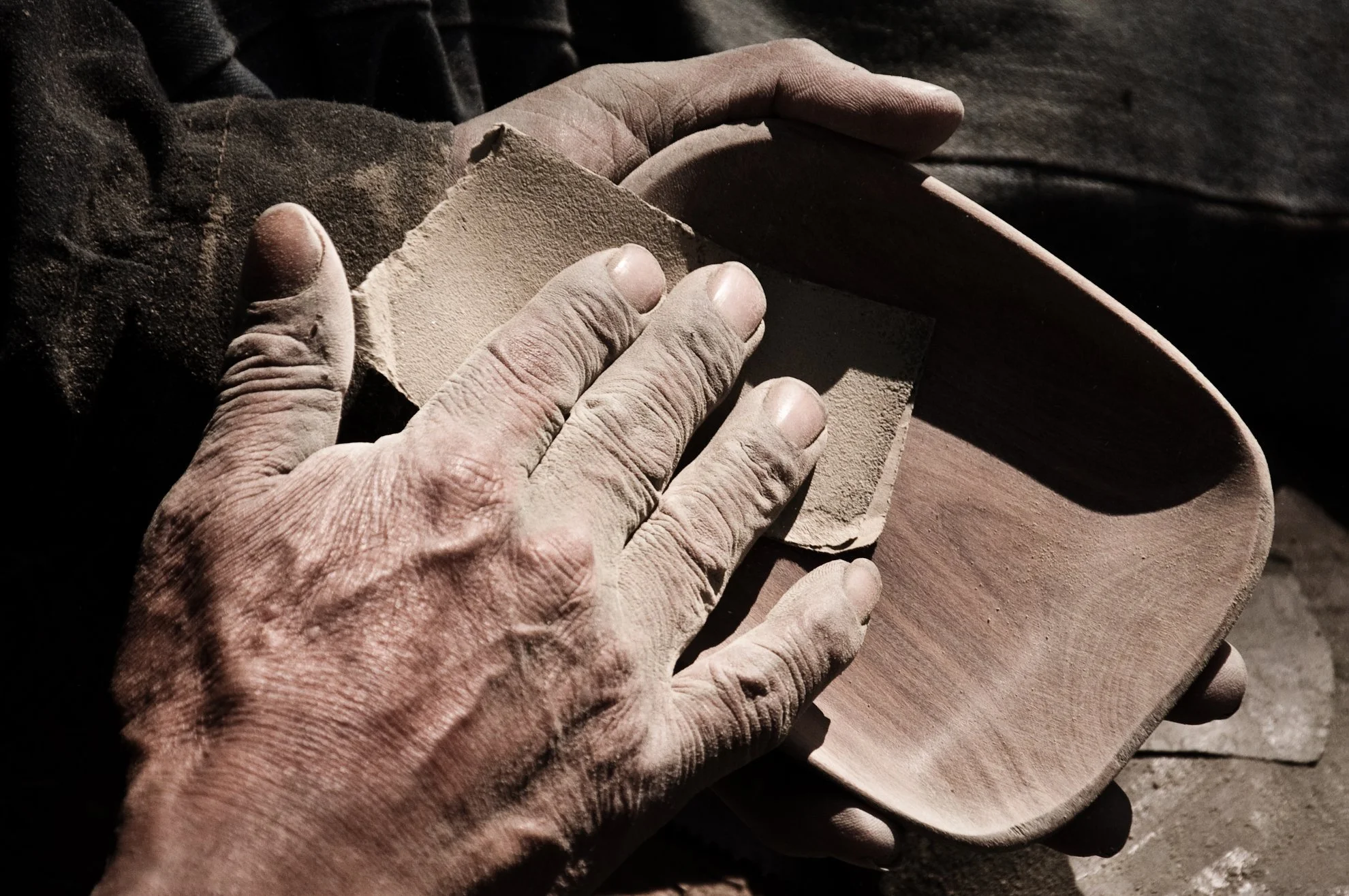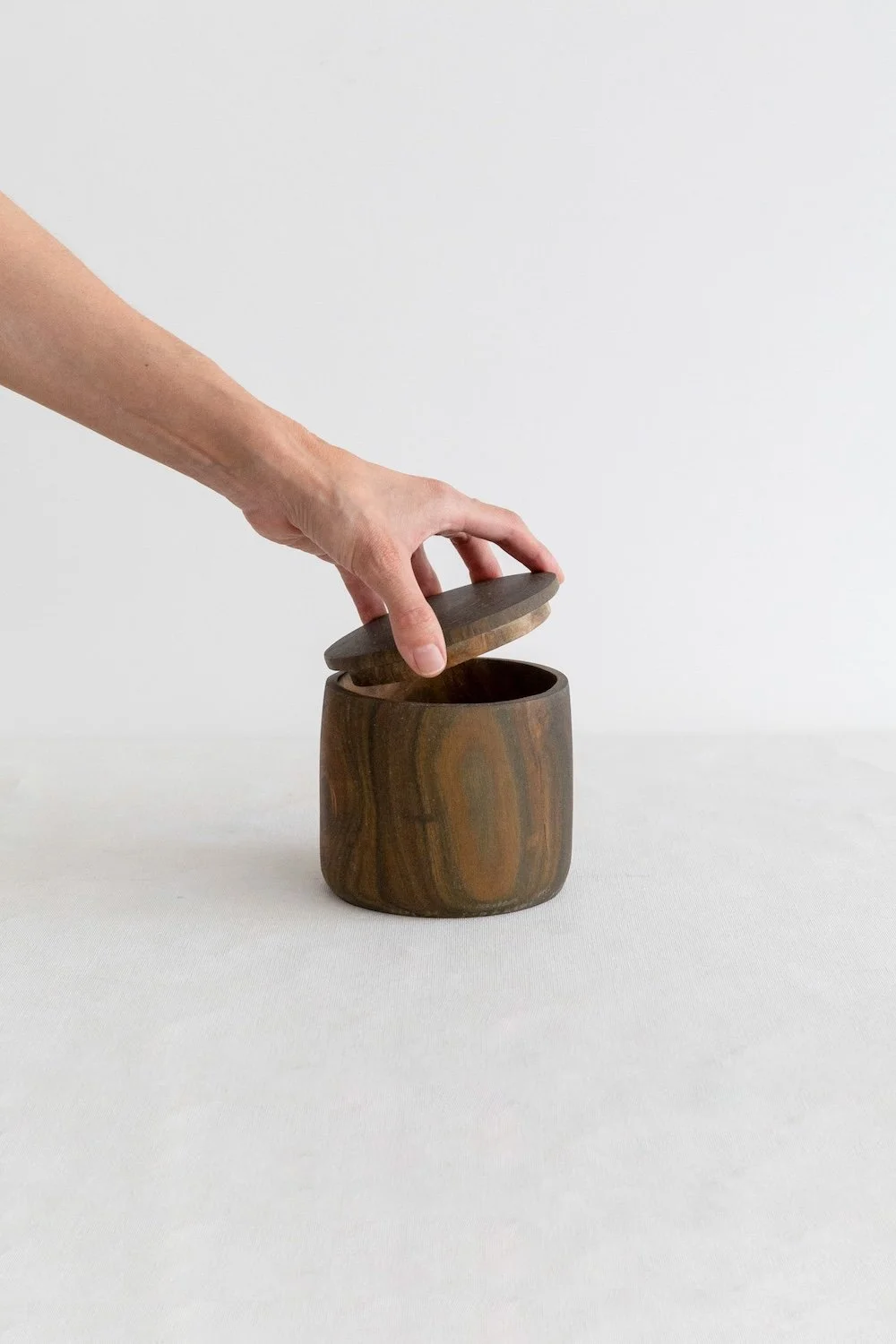Wichi Community
The Wichí Community resides in the vast native forests of Salta, Chaco, and Formosa in northern Argentina. Despite the challenges posed by colonization and the exploitation of their natural surroundings, the Wichí have fostered a profound connection with the land, using its resources in a sustainable and harmonious way. Through resilience and determination, they have preserved their mother tongue and cultural heritage. The objects they create—crafted from chaguar fiber, palo santo wood, and clay—are both a vital source of livelihood, and also a powerful expression of their identity and traditions.
The Chaguar process
The chaguar plant, with its sword-shaped, evergreen leaves, resembles yucca or aloe vera. For generations, indigenous Wichí women have perfected the delicate art of harvesting chaguar fiber from its tough leaves.
In groups, they venture into the forest with machetes or sticks, they carefully select the leaves, remove the thorns, andpeel away the outer layers to expose the fibers inside. This raw material is then processed using traditional techniques—cleaned, crushed, scraped, and repeatedly soaked in water to soften the fibers. Once softened, the fibers are hung to dry on branches.
When the fibers are ready, the women spin them into threads using a time-honored method: spinning the fibers on their thighs, their fingers lightly dusted with ash, creating a strong and resistant thread. These threads are then dyed with natural pigments extracted from plants, roots, seeds, and fruits.
This process, slow and meticulous, is a labor of patience, love, and profound respect for nature. The work of chaguar fiber is a task exclusively carried out by Wichí women, and their stunning, one-of-a-kind designs are inspired by the natural beauty of rural Argentina, reflecting their deep connection to the land.
Palo Santo wood
Palo Santo (Bulnesia Sarmientoi) is one of the greatest treasures of South America's Impenetrable Forest, located in the Gran Chaco region, known for its dense and difficult-to-access biodiversity. Revered for its intense, aromatic fragrance, it was considered sacred by ancient cultures, who burned pieces of the trunk in shamanic rituals.
This slow-growing tree is a precious resource that must be protected. For the past century, Wichí men have gathered only fallen branches and trees to craft aromatic, rustic, and smooth hand-carved pieces. This intentional practice ensures that living trees are preserved, maintaining a harmonious balance between humans and nature.
Each one-of-a-kind piece carries a deep cultural significance, and also represents a commitment to both artistic expression and environmental protection.











